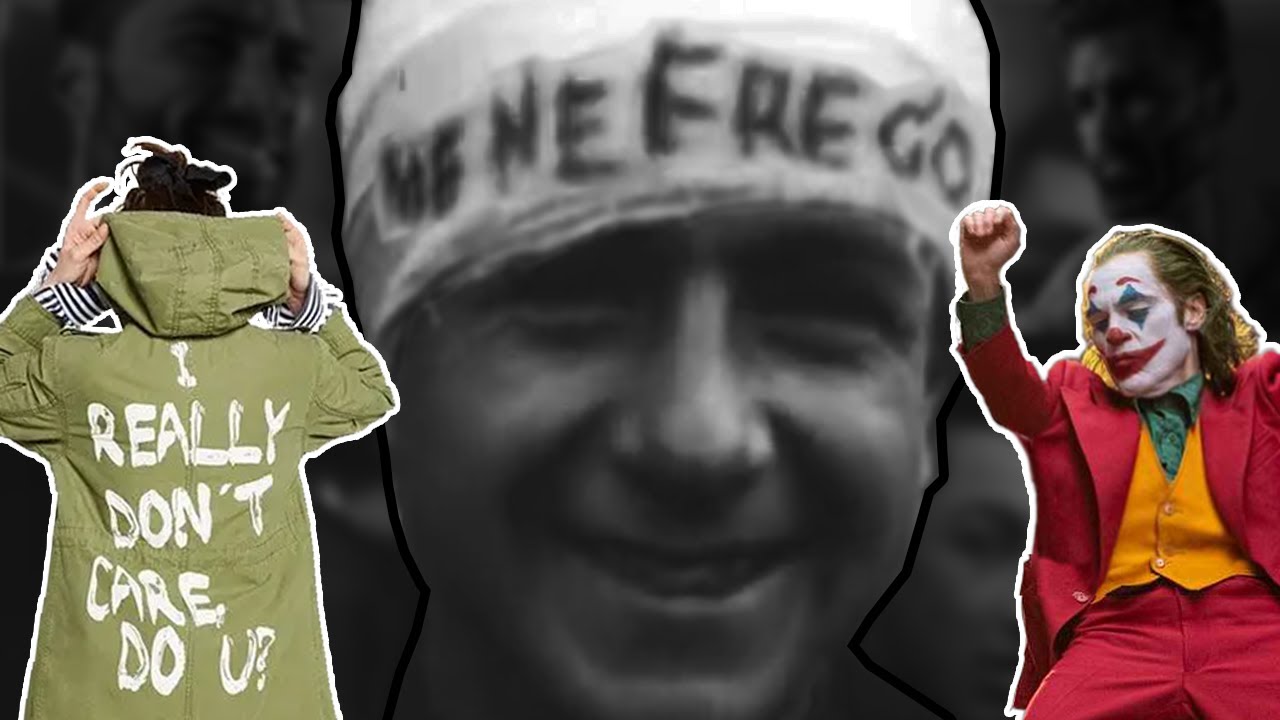Integralismo e o fascismo no Brasil | Nerdologia
Summary
TLDRThe video delves into the history of fascism and integralism in Brazil, exploring the influence of European fascism on Brazilian politics, particularly through the lens of Plínio Salgado and the Ação Integralista Brasileira (Integralist Action). Founded in 1932, this movement sought to create a nationalist and authoritarian state, emphasizing Catholic identity and anti-communism. The transcript highlights the rapid rise of integralism during the 1930s, its militaristic characteristics, and its eventual decline following the 1937 coup. Ultimately, it underscores the historical significance of these ideologies and their lingering impact on contemporary Brazilian politics.
Takeaways
- 😀 Fascism originated in Europe in the early 20th century, characterized by nationalism, traditionalism, and a strong leader.
- 😀 The integralism movement in Brazil was directly inspired by European fascist movements, particularly Mussolini's National Fascist Party.
- 😀 The Semana de Arte Moderna in 1922 was a significant cultural event that reflected the evolving Brazilian identity and art, supported by key political figures.
- 😀 Plínio Salgado emerged as a central figure in the integralism movement, promoting a nationalist agenda intertwined with Catholic identity.
- 😀 Integralism included a hierarchical structure and militant organization, using symbols like the Greek letter Sigma and a distinct salute.
- 😀 The integralist motto 'Deus, Pátria e Família' reflects a commitment to traditional values and was similar to other fascist regimes.
- 😀 The movement gained support during the economic crises of the 1920s, appealing to urban middle-class citizens and certain immigrant communities.
- 😀 Integralists often clashed with leftist groups, leading to violent confrontations, most notably the 1934 battle at Praça da Sé.
- 😀 The Vargas regime initially allied with integralists but later marginalized them, using a fabricated communist threat to justify a military coup.
- 😀 Salgado's political ambitions were ultimately thwarted, leading to his arrest and exile, but he attempted to revive his political career in later years.
Q & A
What is the main focus of Felipe Figueiredo's discussion in the video?
-The video focuses on the history of Integralism and Fascism in Brazil, exploring its origins, ideological foundations, key figures, and contemporary relevance.
How did Fascism originate in Europe, and what are its key characteristics?
-Fascism originated in Europe with roots in the late 19th century, characterized by nationalism, traditionalism, a strong aesthetic identity centered around a charismatic leader, and a romanticized vision of society supported by capitalism.
What was the Legião Cruzeiro do Sul, and when was it founded?
-The Legião Cruzeiro do Sul was the first fascist movement founded in Brazil in 1922, inspired directly by Mussolini's National Fascist Party.
What was the significance of the Semana de Arte Moderna in 1922?
-The Semana de Arte Moderna in 1922 aimed to gather diverse Brazilian artists to discuss and expose perspectives on Brazilian art and national identity, reflecting the cultural and political debates of the time.
Who was Plínio Salgado, and what role did he play in Integralism?
-Plínio Salgado was a prominent figure in Integralism, co-founding the Ação Integralista Brasileira in 1932 and promoting a nationalist interpretation of modernism. He was instrumental in shaping the ideological foundations of the Integralista movement.
What ideological elements characterize Integralism?
-Integralism is characterized by clerical fascism, nationalism, anti-communism, and a vision for national development through a single-party regime, with the motto 'Deus, Pátria e Família' echoing similar sentiments in other fascist regimes.
How did the membership and support for Integralism change over time?
-Integralism saw rapid growth among discontented middle-class urbanites and immigrant communities, reaching over 600,000 members by 1936, but its decline was swift due to internal conflicts and repression from the Vargas government.
What major event exemplified the conflict between Integralists and communists?
-The Batalha da Praça da Sé in 1934 is a notable example of conflict between Integralists and communists, resulting in several fatalities and highlighting the intense political tensions of the era.
What happened to Plínio Salgado after the Estado Novo was established in 1937?
-After the Estado Novo was established in 1937, Plínio Salgado was initially supportive of the coup but was later imprisoned and exiled due to his association with failed Integralist uprisings against the Vargas regime.
How has Integralism's legacy persisted in contemporary Brazil?
-Integralism's legacy has re-emerged in contemporary Brazil, with discussions surrounding its historical impact and connections to modern far-right movements, reflecting ongoing debates about national identity and political ideology.
Outlines

此内容仅限付费用户访问。 请升级后访问。
立即升级Mindmap

此内容仅限付费用户访问。 请升级后访问。
立即升级Keywords

此内容仅限付费用户访问。 请升级后访问。
立即升级Highlights

此内容仅限付费用户访问。 请升级后访问。
立即升级Transcripts

此内容仅限付费用户访问。 请升级后访问。
立即升级浏览更多相关视频
5.0 / 5 (0 votes)






